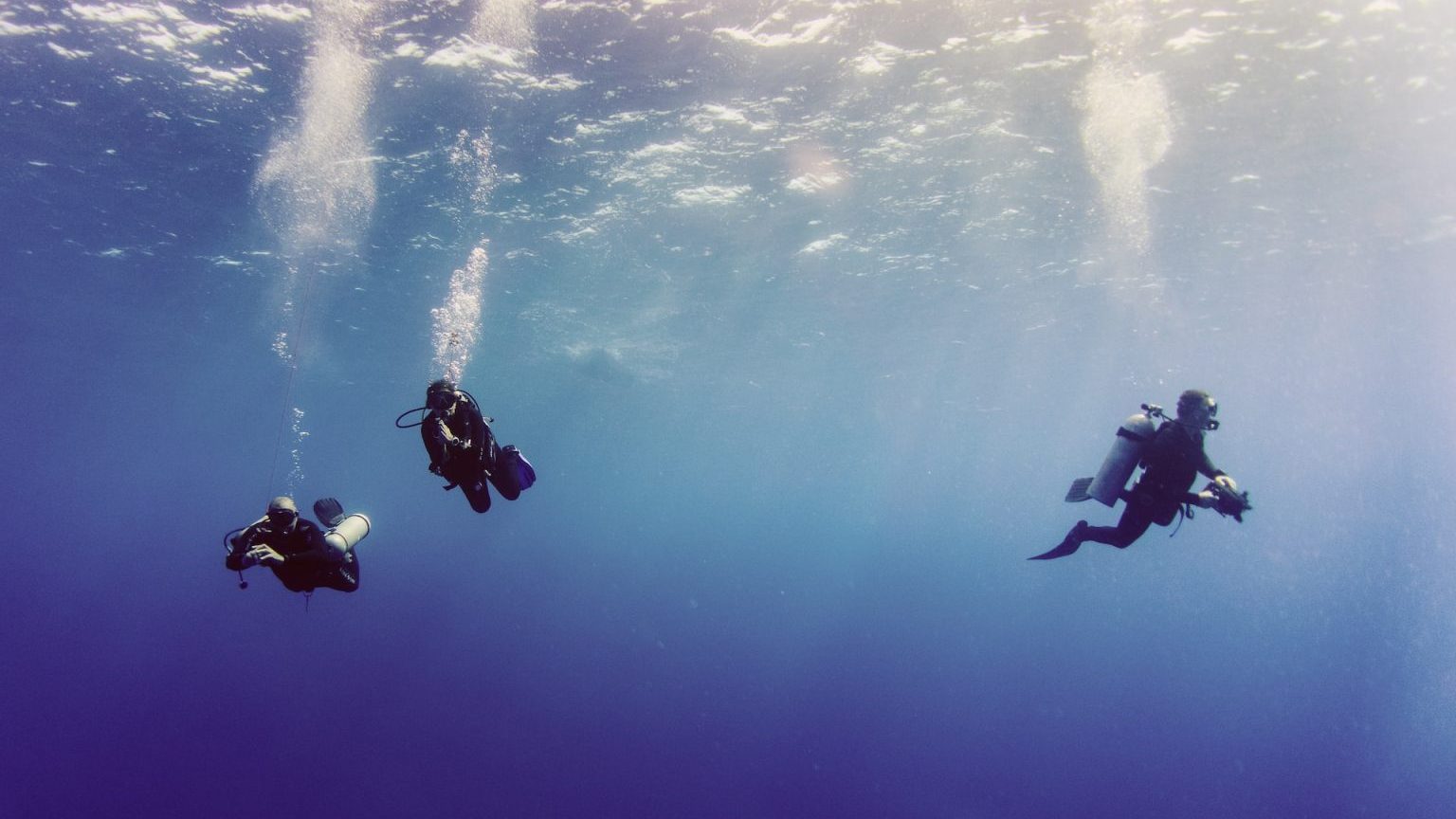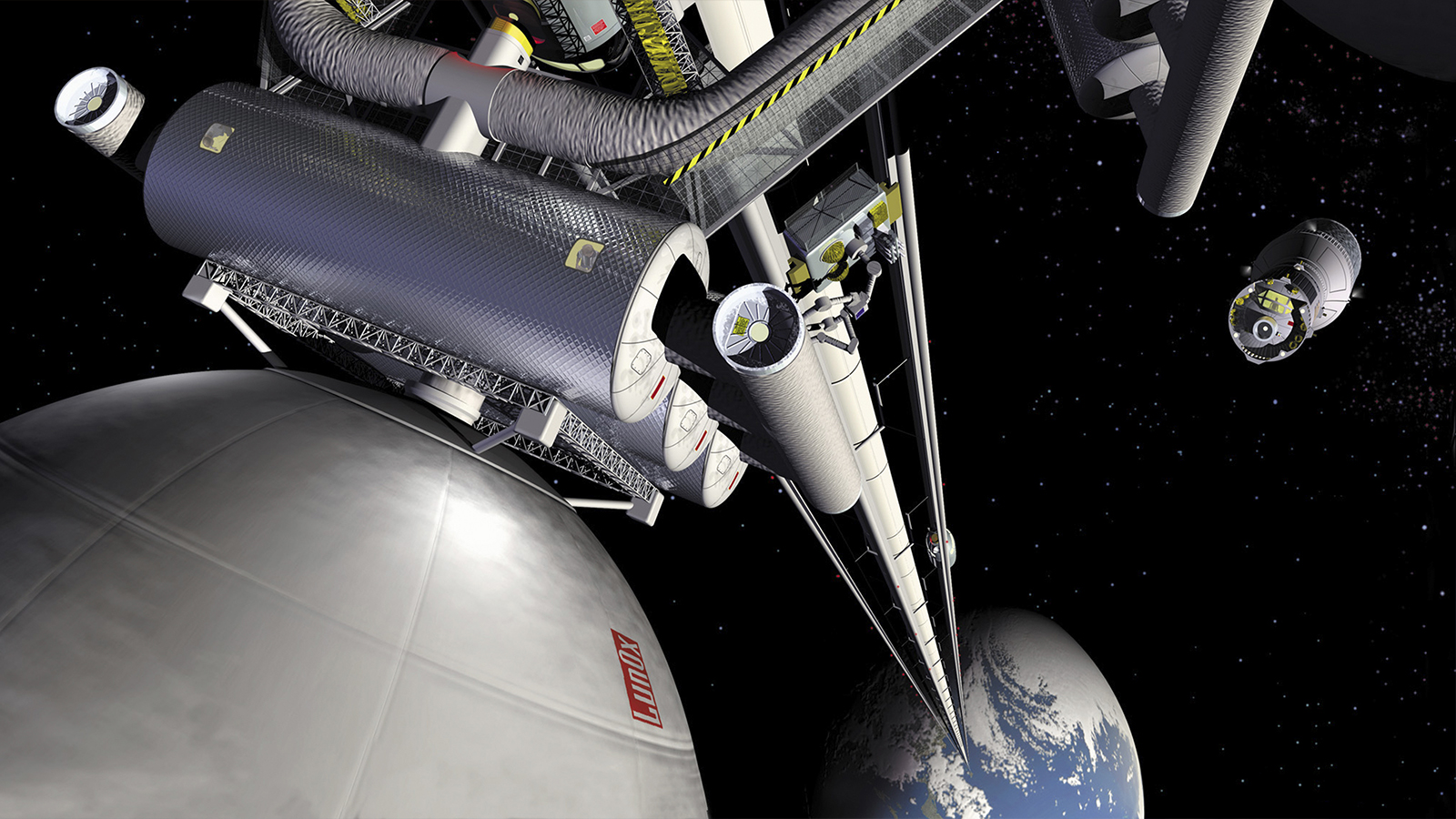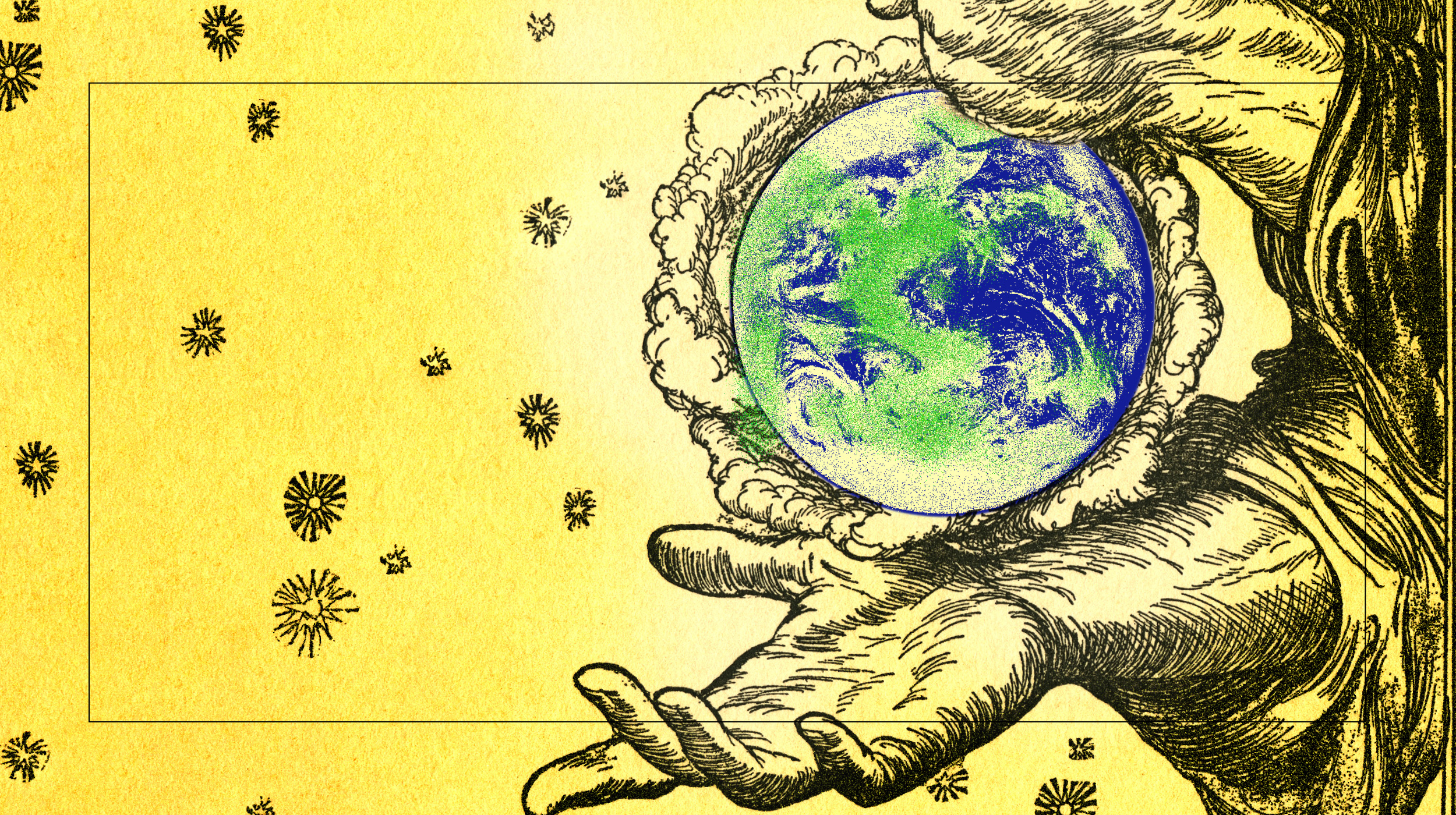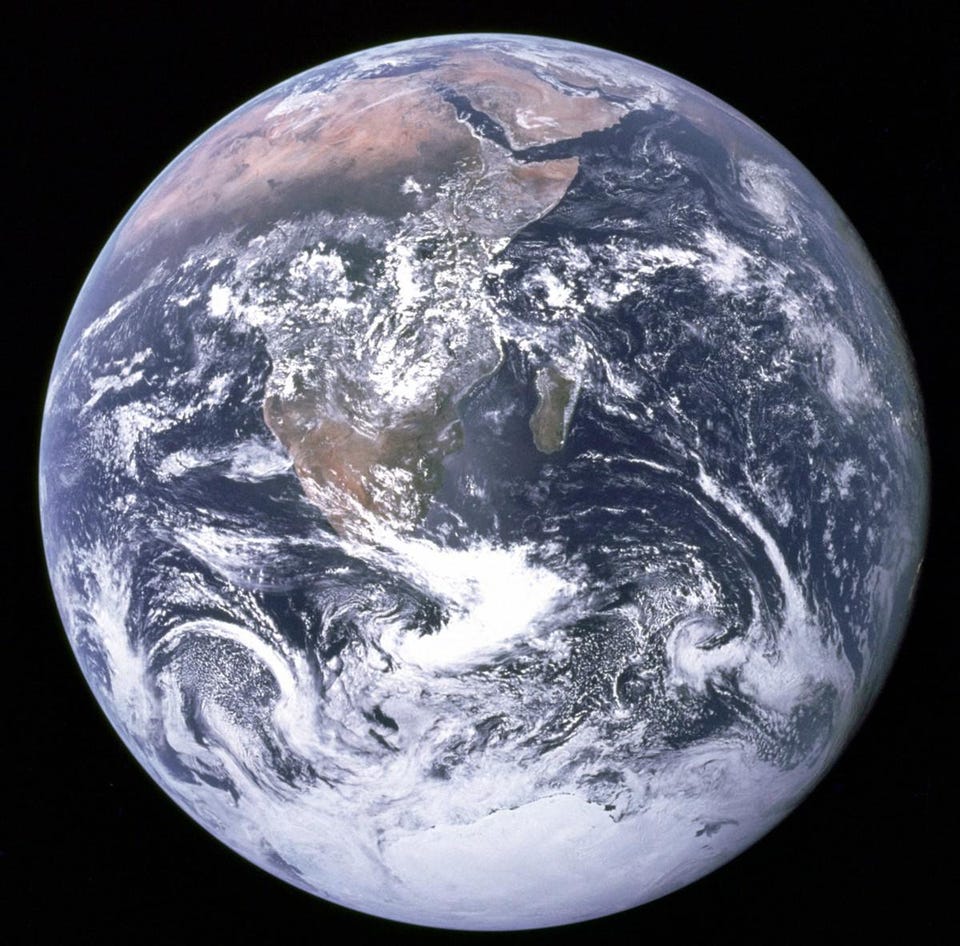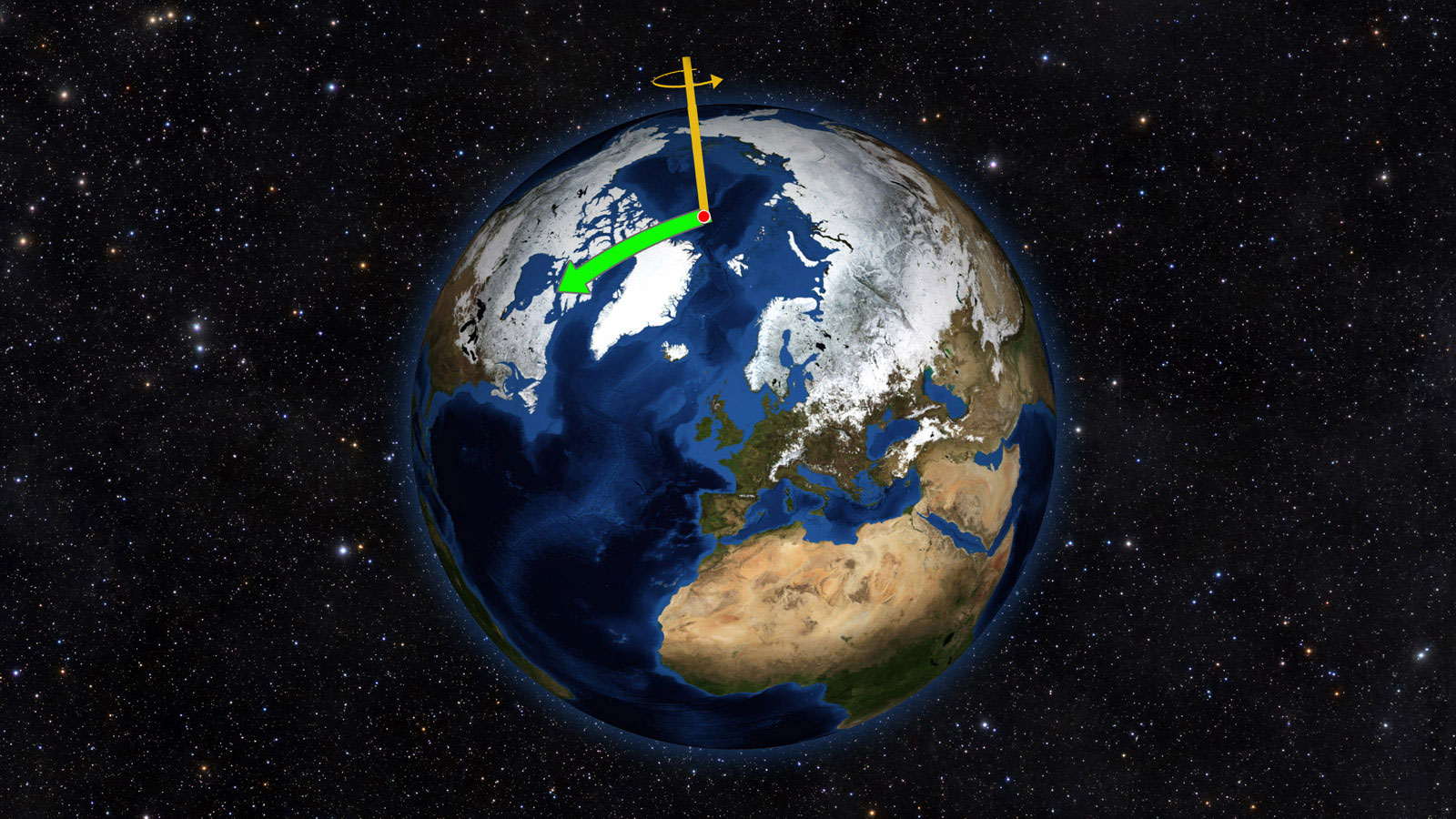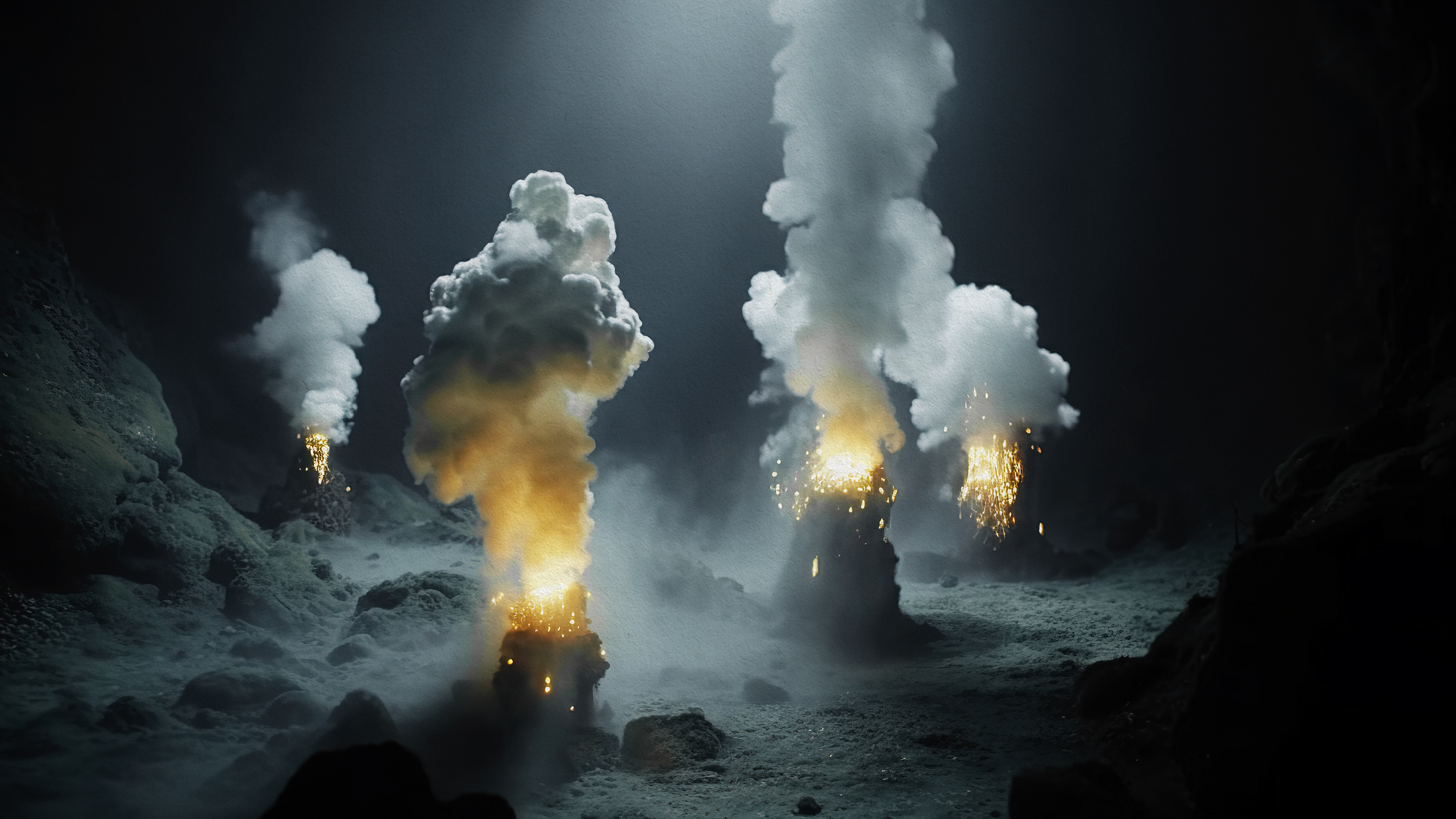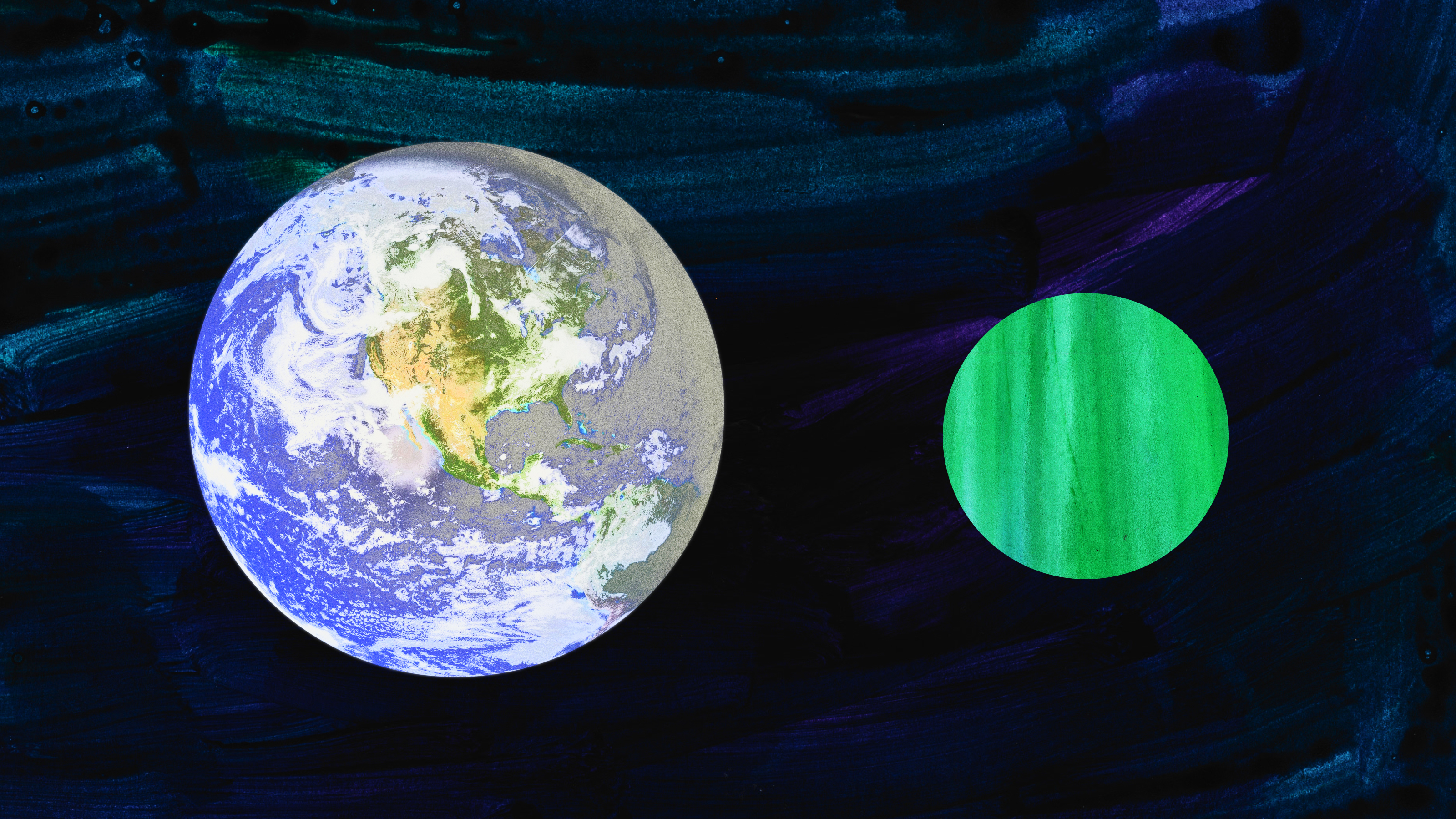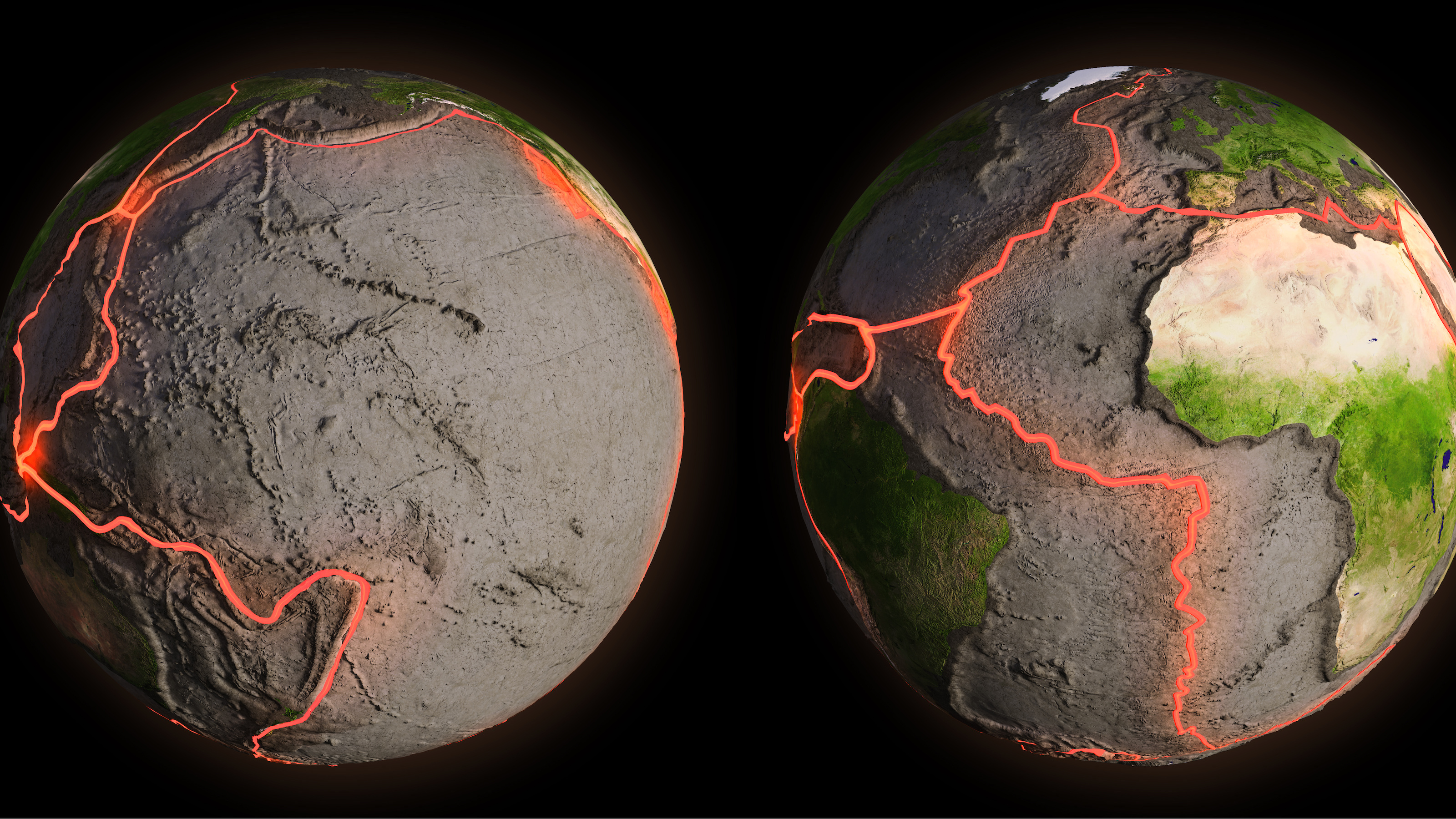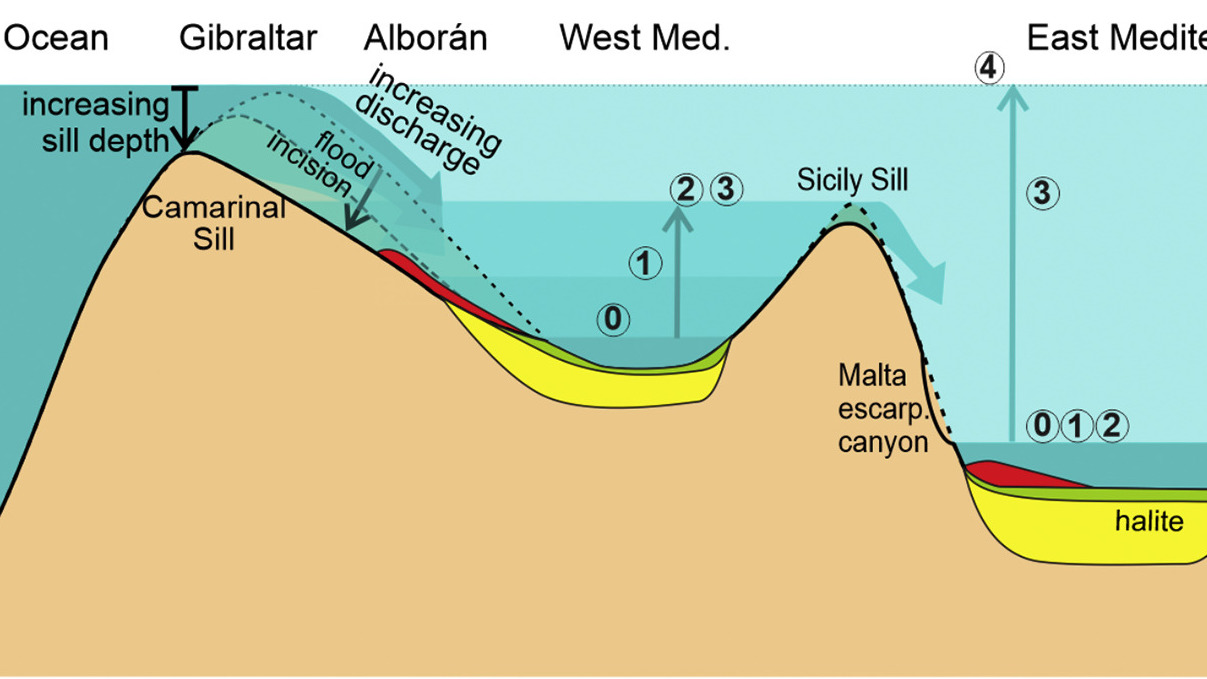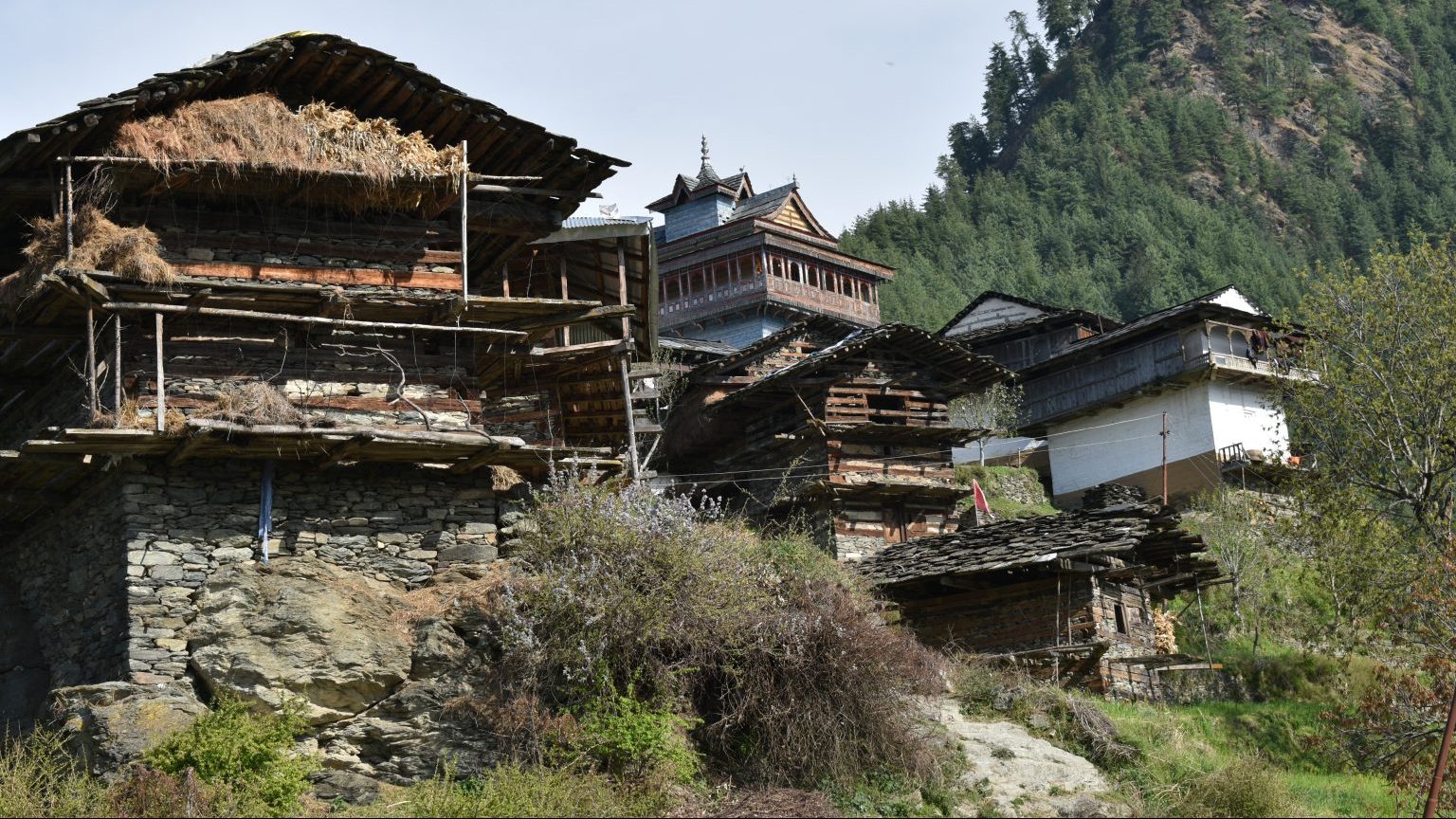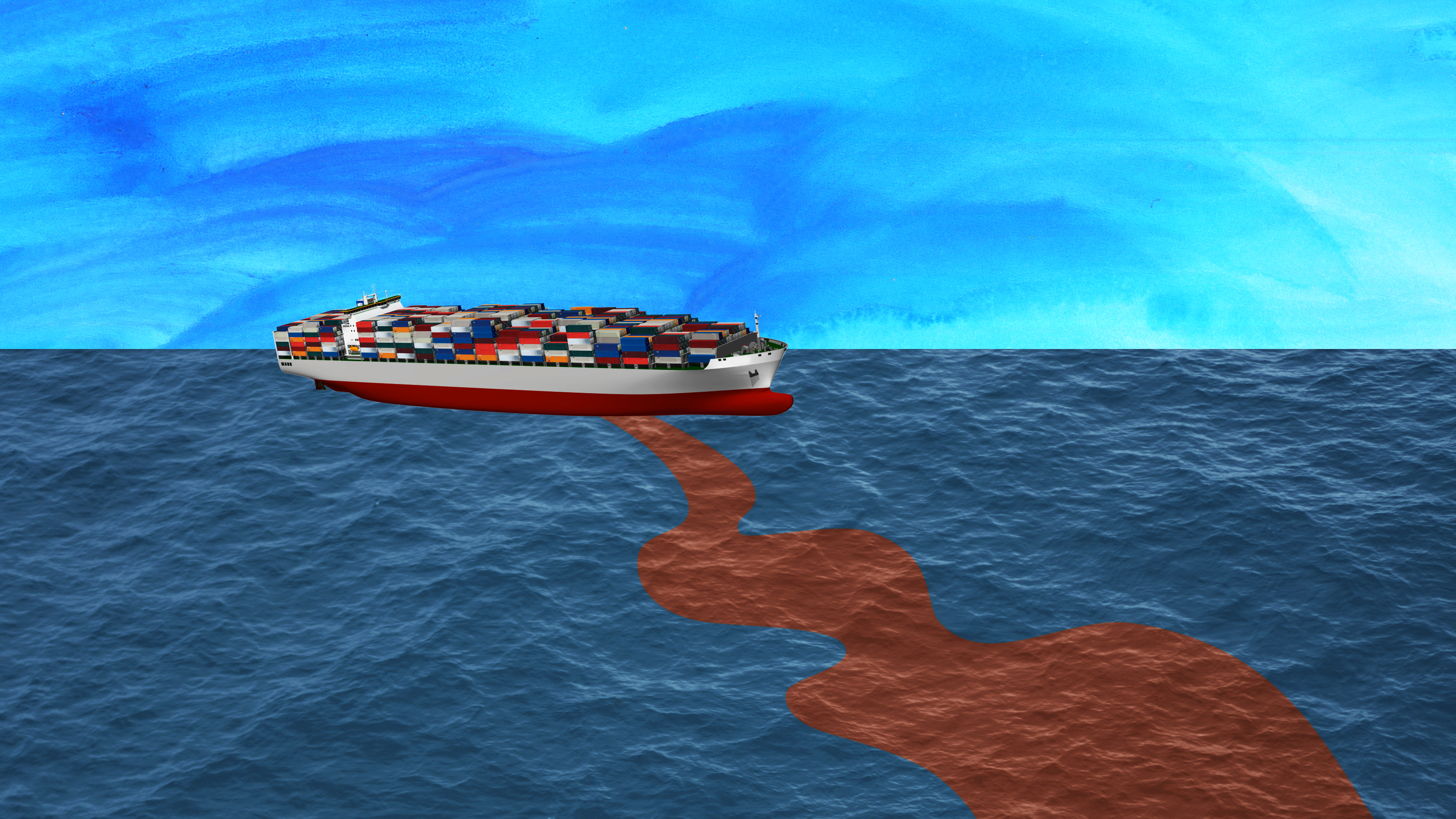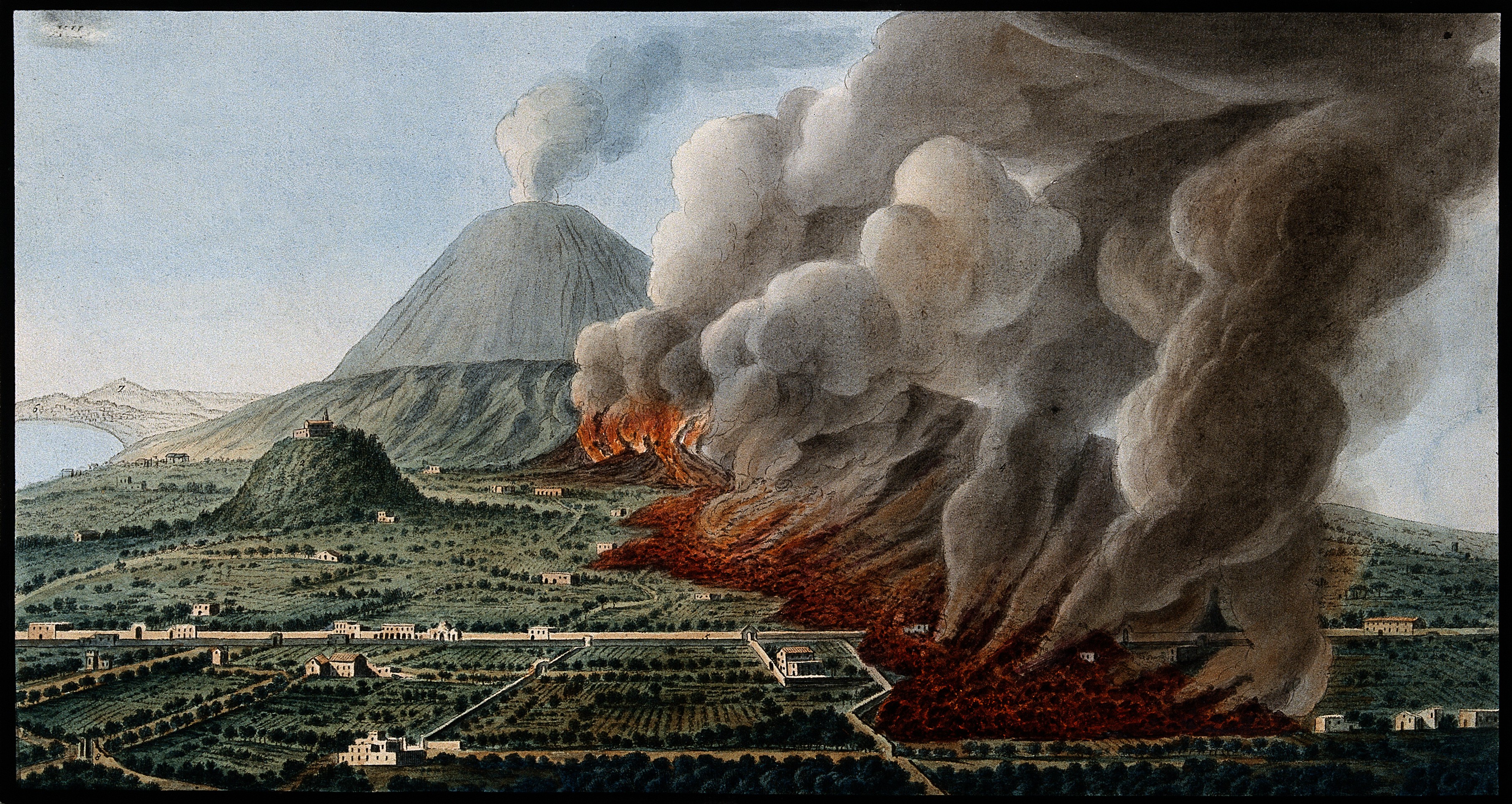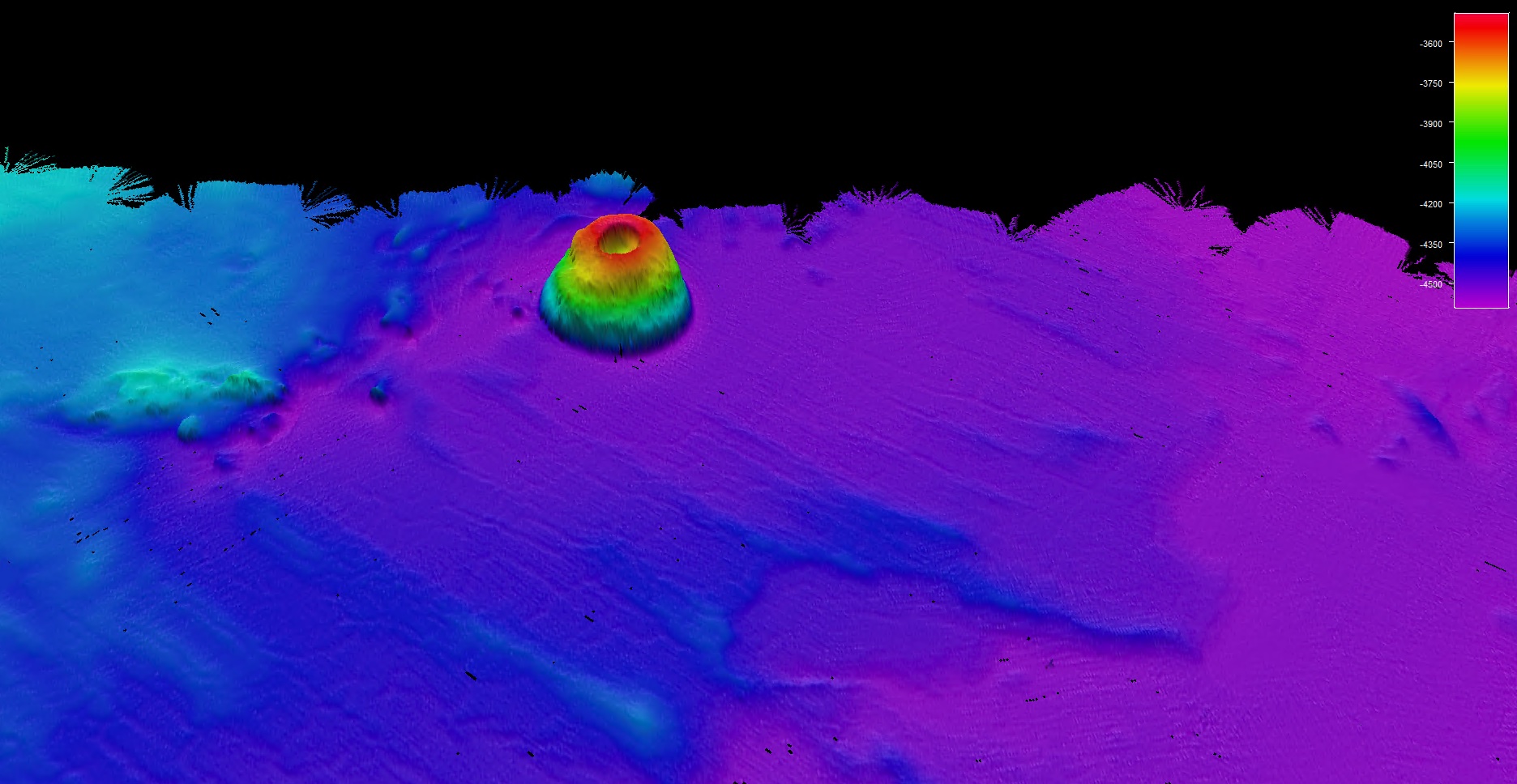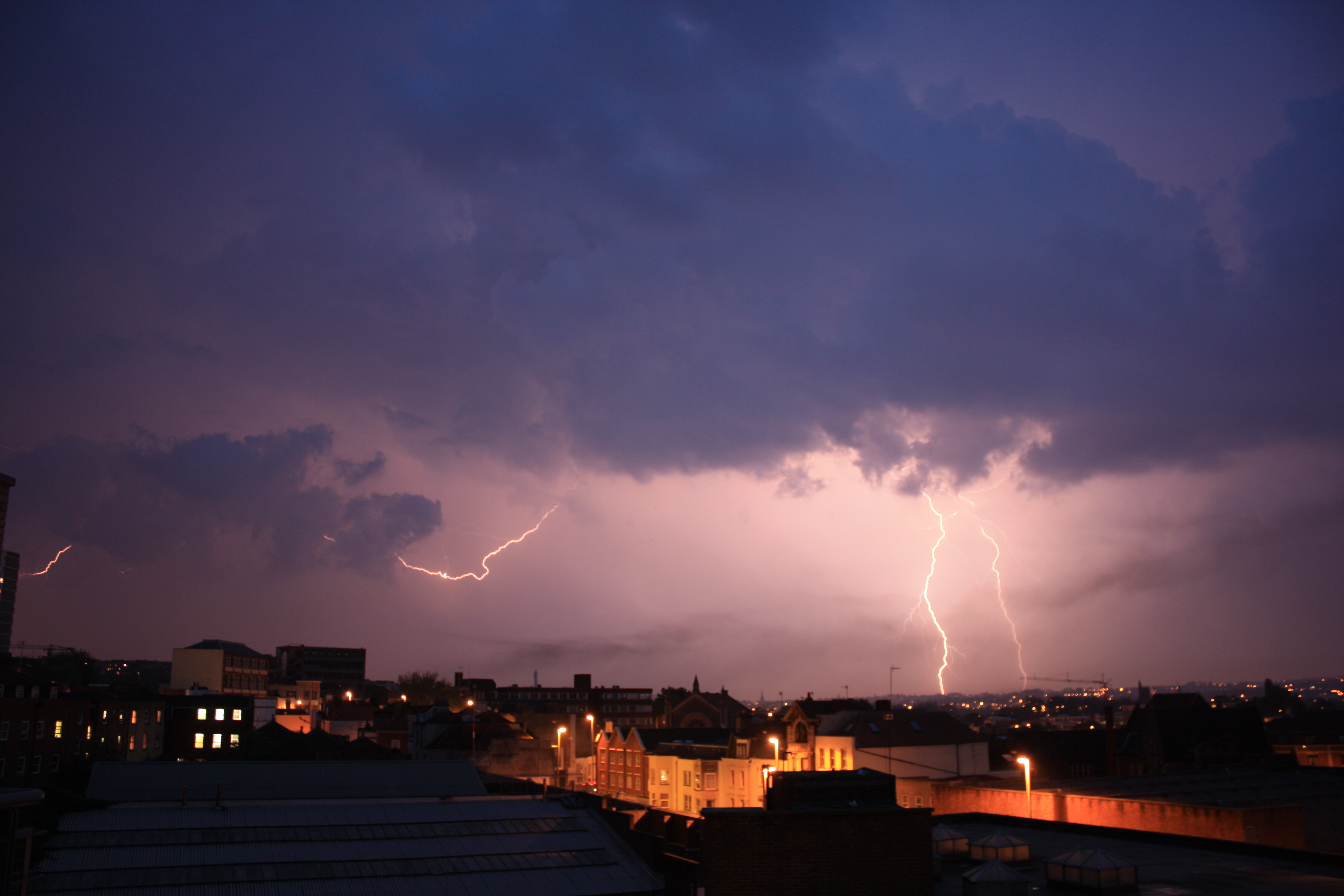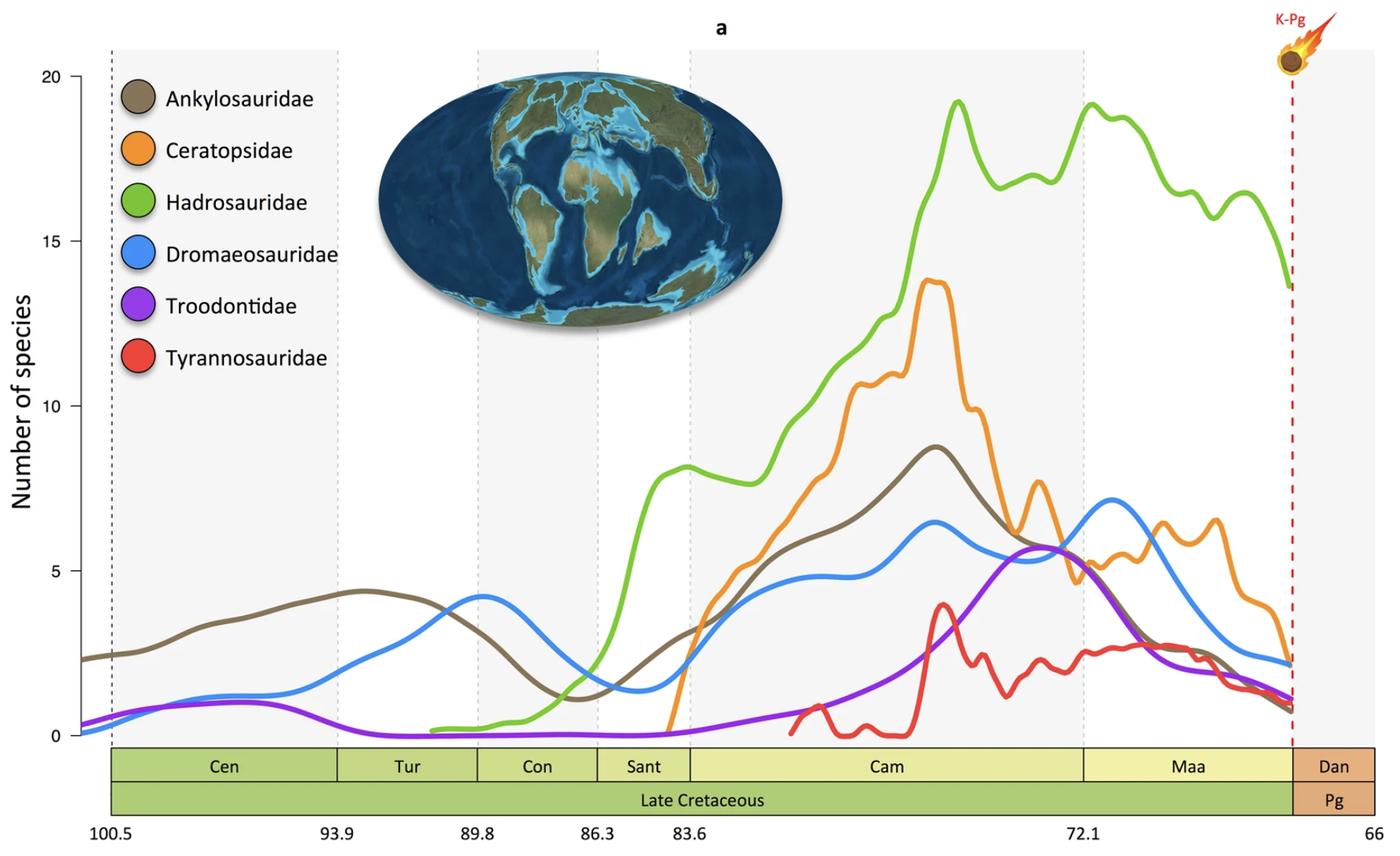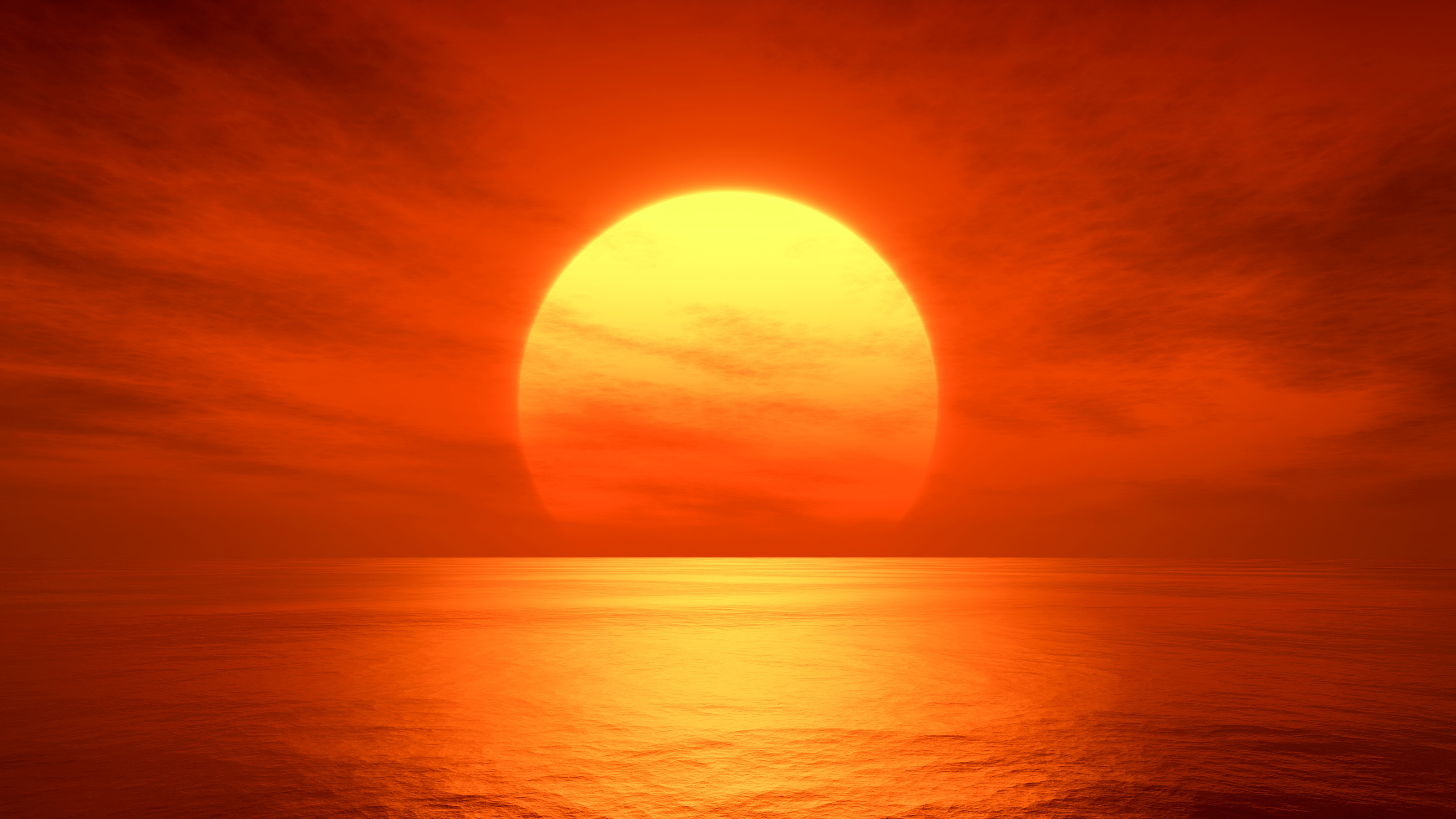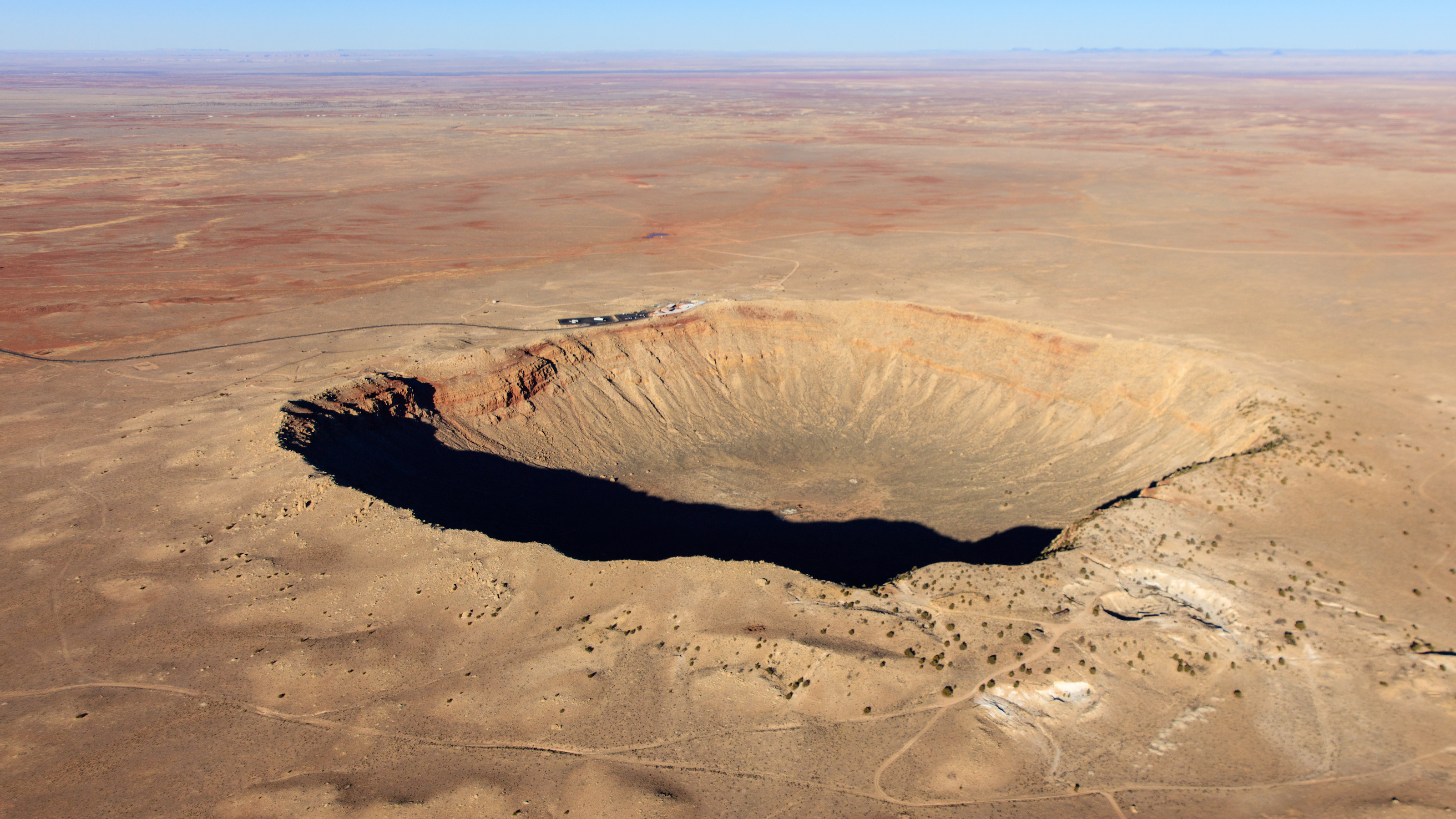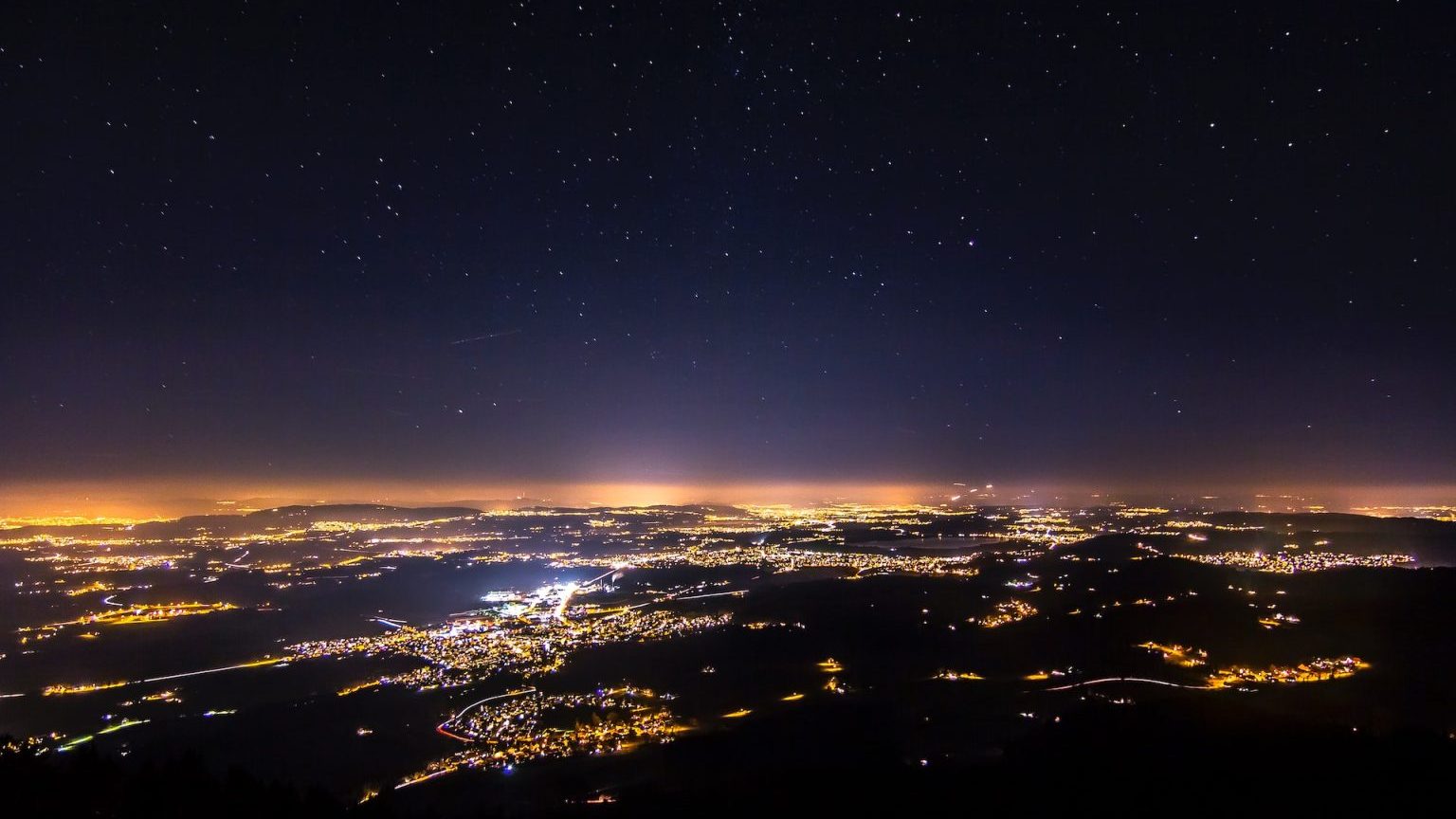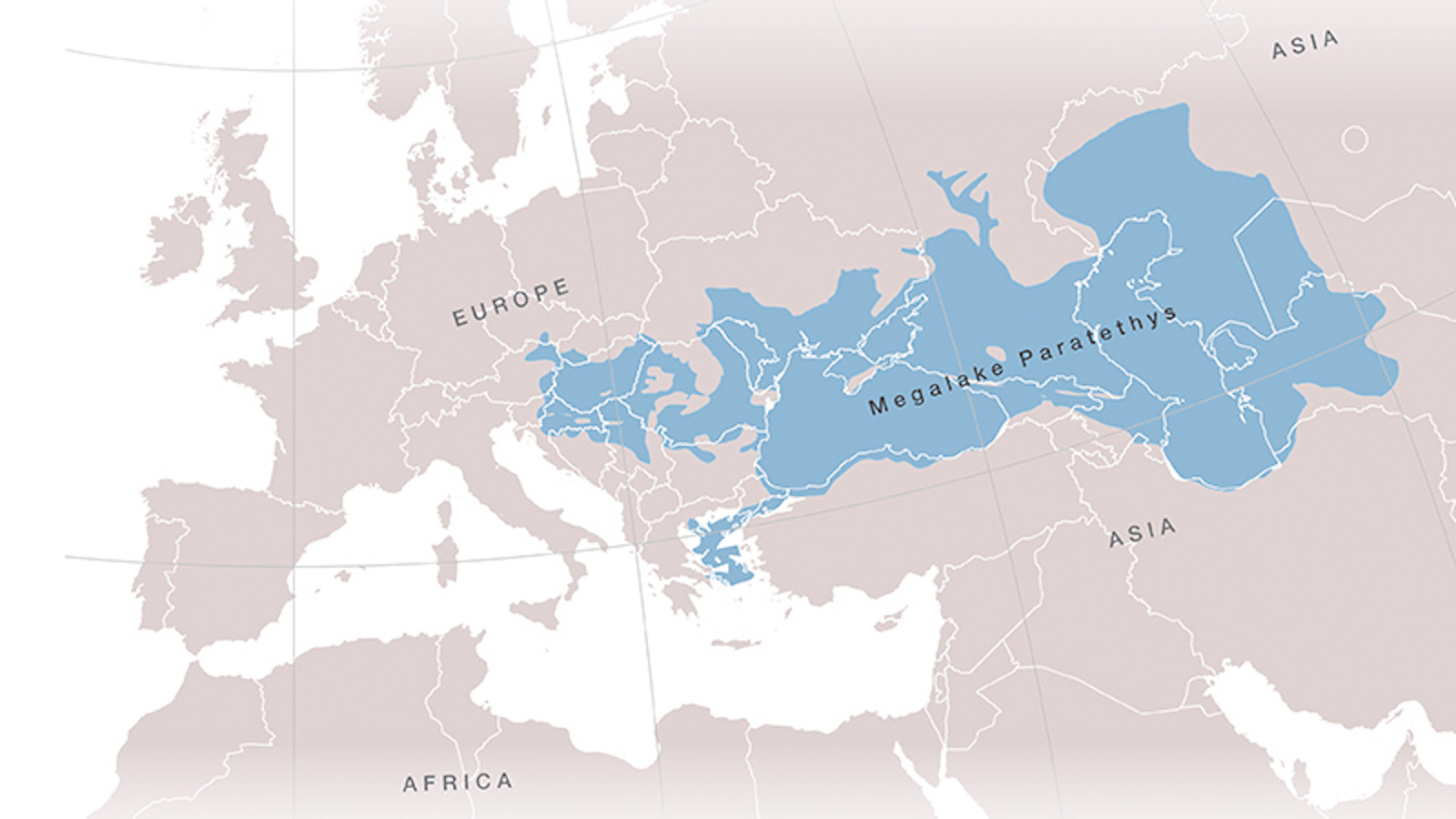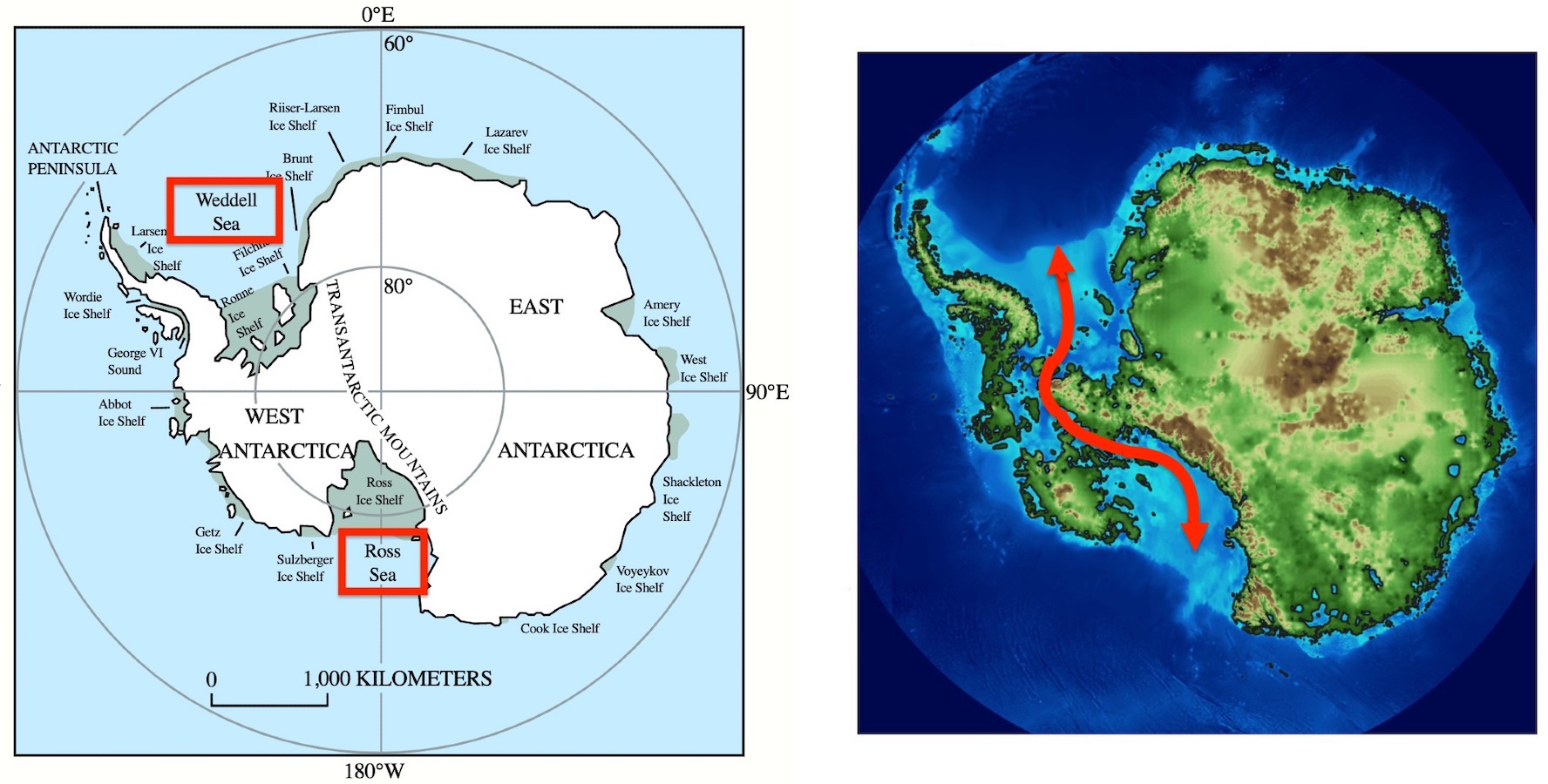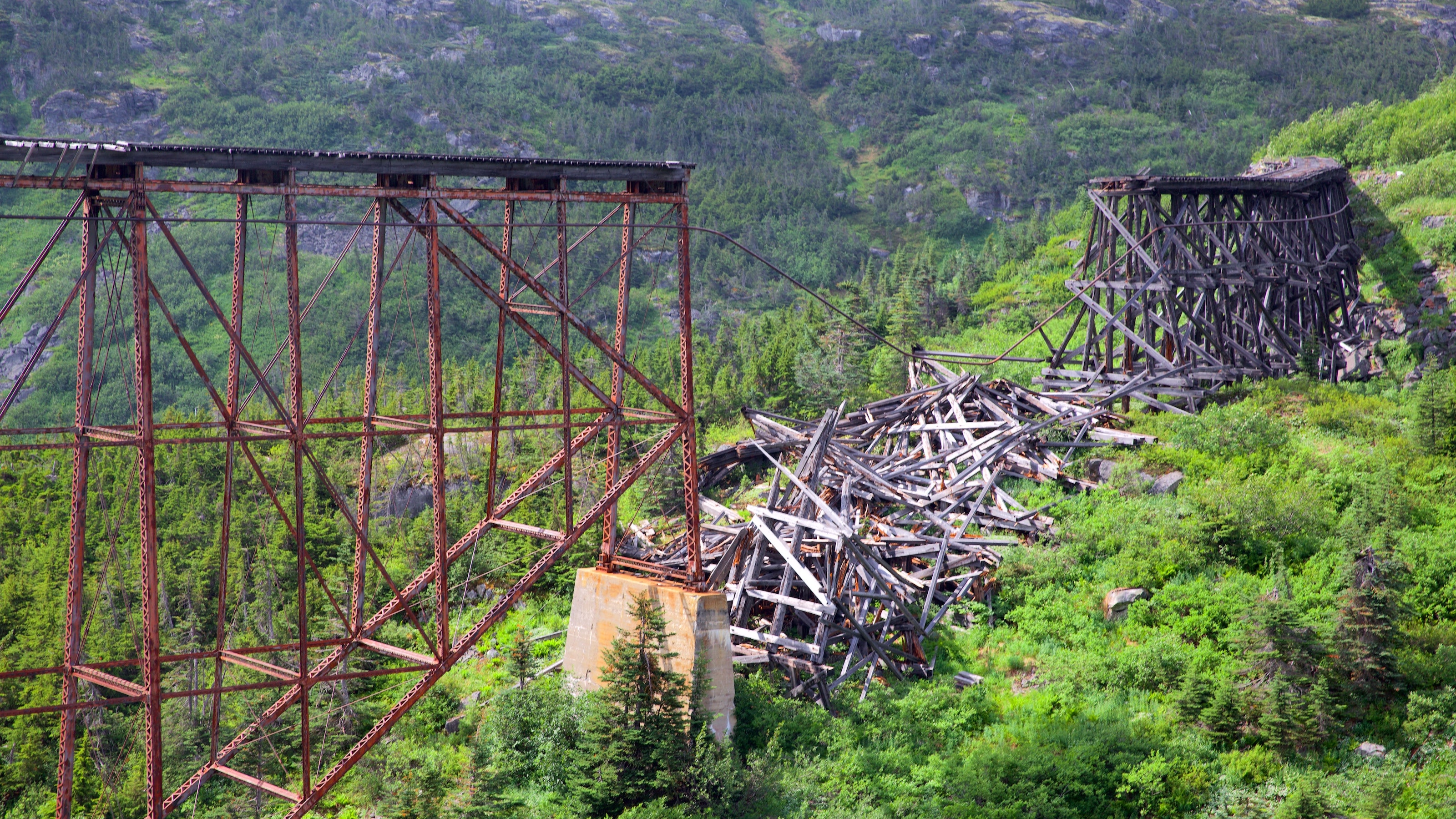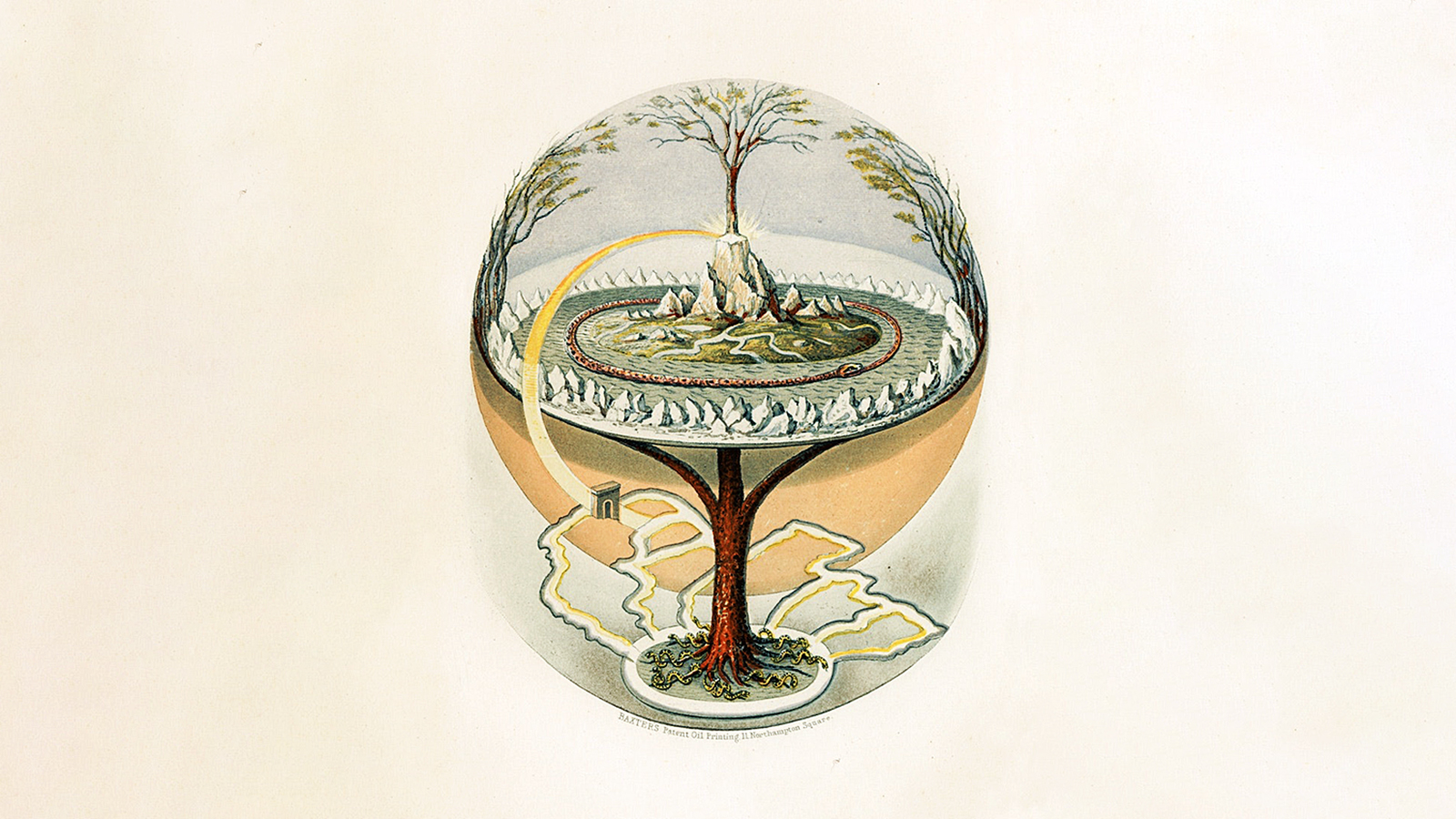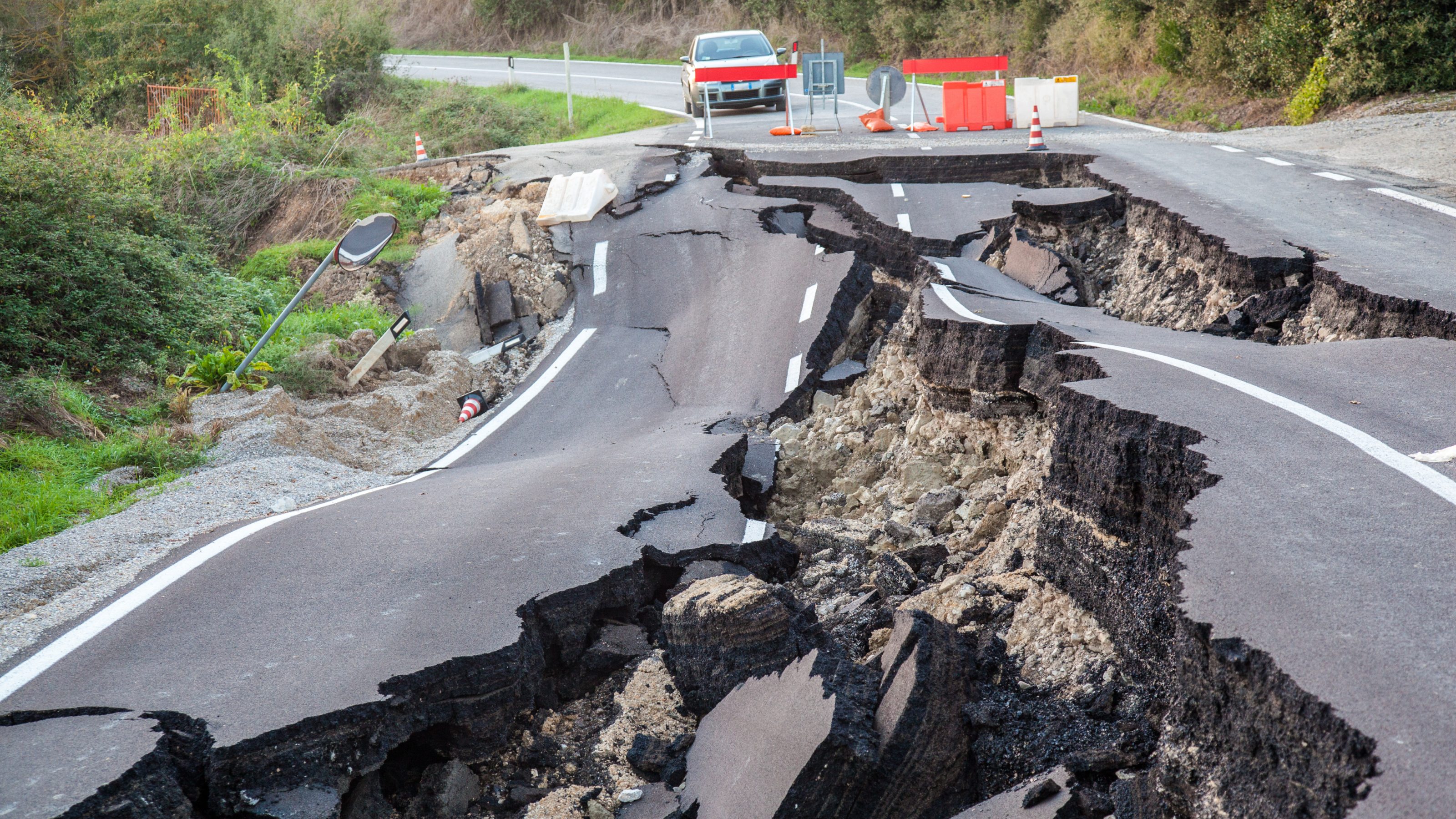earth science
Rocks and minerals don’t simply reflect light. They play with it and interact with light as both a wave and a particle.
The divers spend their waking hours either under hundreds of feet of water on the ocean floor or squeezed into an area the size of a restaurant booth.
A Harvard astronomer went to the bottom of the ocean, claiming he recovered alien technology. But what does the science actually indicate?
But it’s still challenging to build a 22,000-mile elevator.
The crisis of the Anthropocene challenges our traditional narratives and myths about humanity’s place in the world. Citizen science can help.
There’s an entire Universe out there. So, with all that space, all those planets, and all those chances at life, why do we all live here?
Despite the enormous mass of the Earth, simply depleting our groundwater is changing our axial tilt. Simple Newtonian physics explains why.
Origin of life studies have always focused on a set of strict environments that could give rise to life. Ante-life opens new possibilities.
There may be more energy in methane hydrates than in all the world’s oil, coal, and gas combined. It could be the perfect “bridge fuel” to a clean energy future.
“Superhabitable” planets might be real, but Earth is probably as good as it gets.
The cycles of life all rely on the dynamism of the Earth’s crust.
About six million years ago, the Mediterranean was sealed off from the Atlantic, and over centuries it ran dry. One megaflood reversed that.
Stone buildings in northern India reveal secrets of old structures that could save lives.
Wind farms seem less productive when scientists incorporate more realistic atmospheric models into their output predictions.
Laser-guided lightning isn’t the only manmade way to create lightning.
Ocean fertilization is extremely controversial, but if done correctly, it just might work.
The acceptance of our cosmic loneliness and the rarity of our planet is a wakeup call.
Nearly 2000 years ago, Mt. Vesuvius erupted, burying Pompeii but incinerating Herculaneum. The most lethal volcanic phenomenon is at fault.
An un-crewed sailing drone discovered the unusually shaped, slumbering seamount.
Frozen adversity set the stage for an explosion of diversity.
From up close, the cracking sound of a thunderclap dominates. From far away, it’s more like a drawn-out rumble. Can science explain why?
Climate and ecological changes, as well as disruptions to the food chain, were already killing off the dinosaurs.
Temperatures in the Sun’s core exceed 10 million degrees Celsius. But how on Earth did we actually come to know that?
Many impact craters on Earth have been erased thanks to wind, water, and plate tectonics. But scientists have clever ways to find them.
All human development, from large cities to small towns, shines light into the night sky.
The Black, Caspian, and Aral Seas are the last surviving fragments of a body of water that stretched from Austria to Turkmenistan.
Two populations that are geographically separated today once mated a very long time ago.
Catastrophes are difficult to predict because they are so rare. But AI using active learning can make predictions from very small data sets.
According to Peter Ward’s “Medea hypothesis,” photosynthesizing organisms regularly doom most life on Earth by over-consuming carbon dioxide.
What do you call it when the Earth shakes for three decades?

